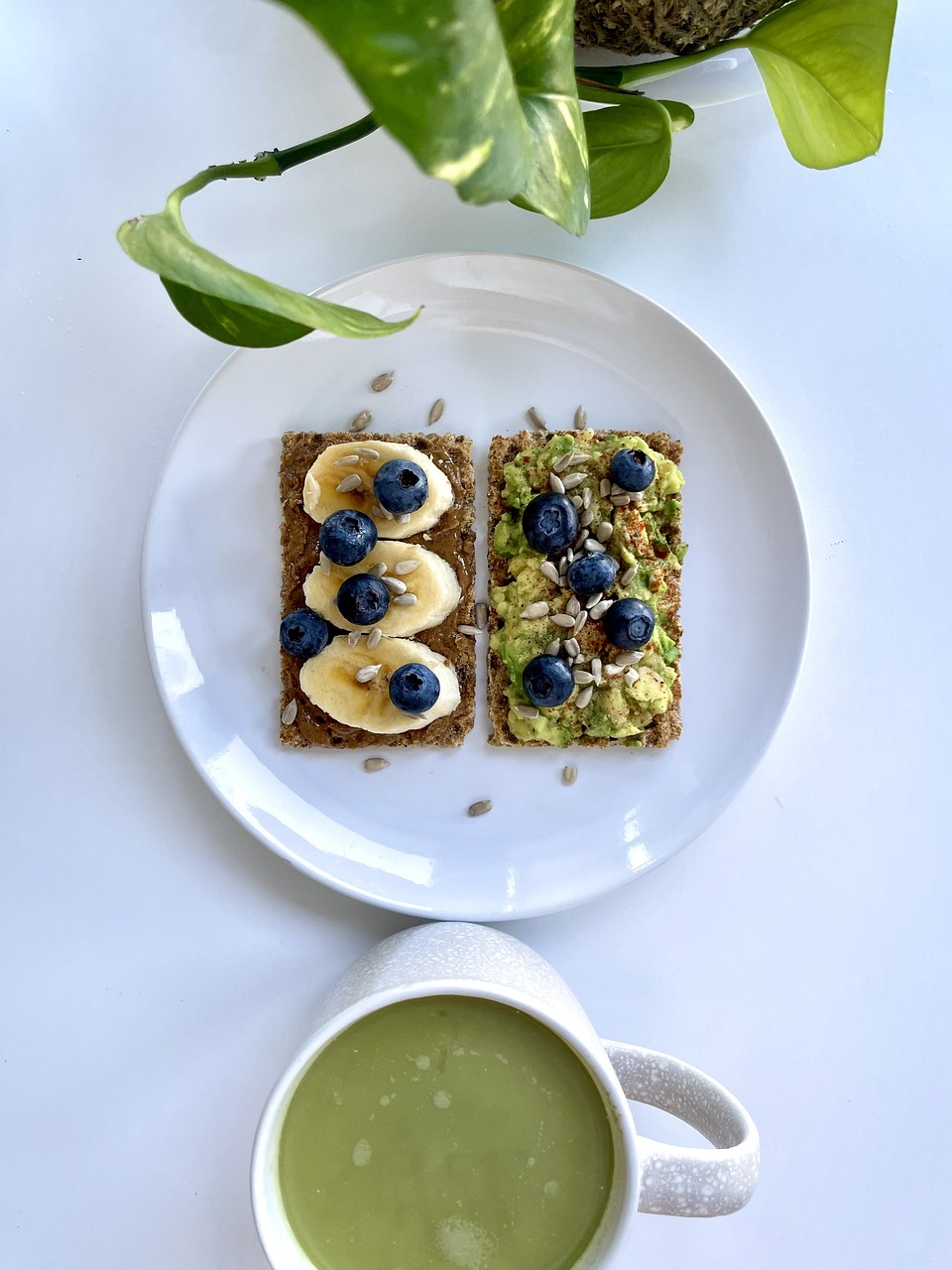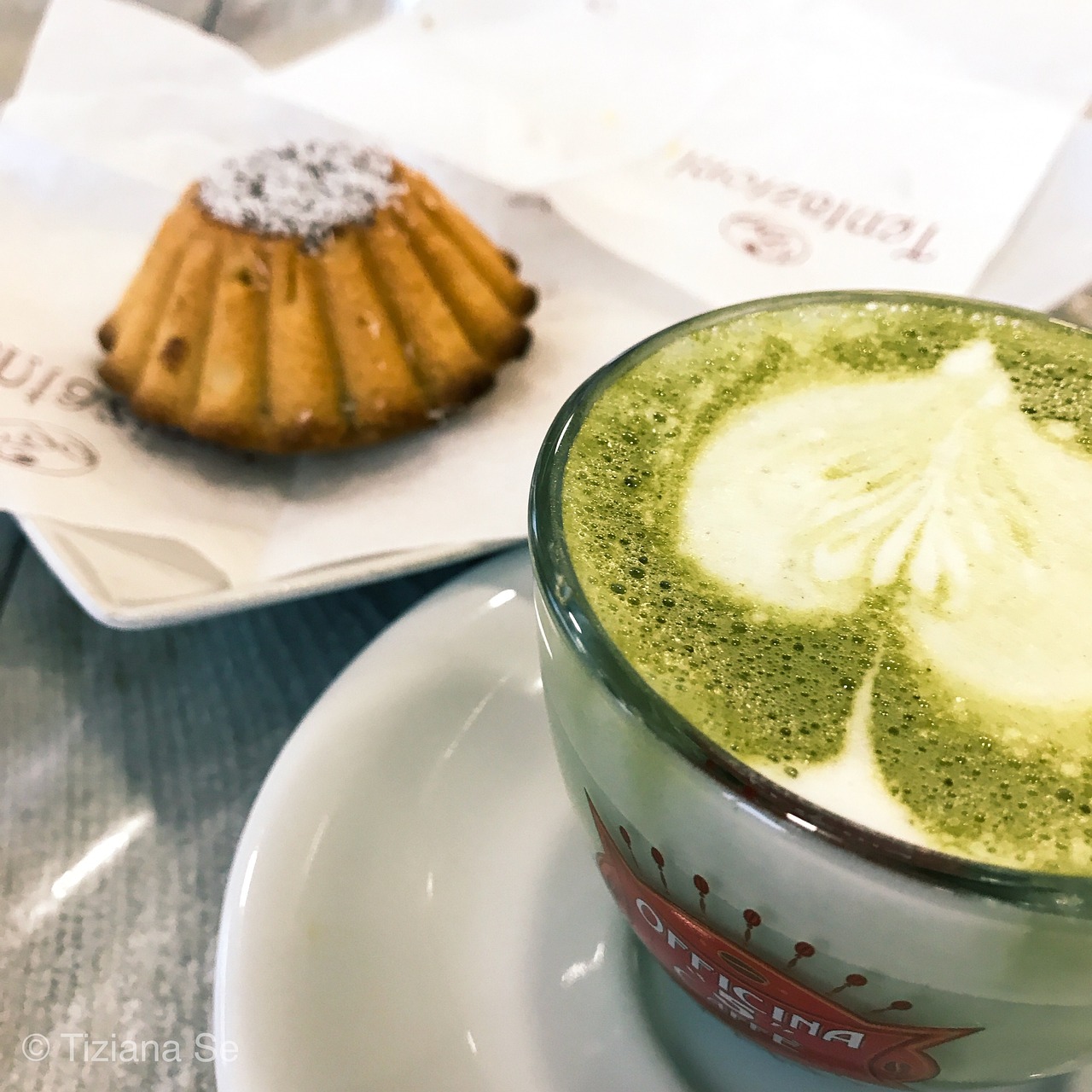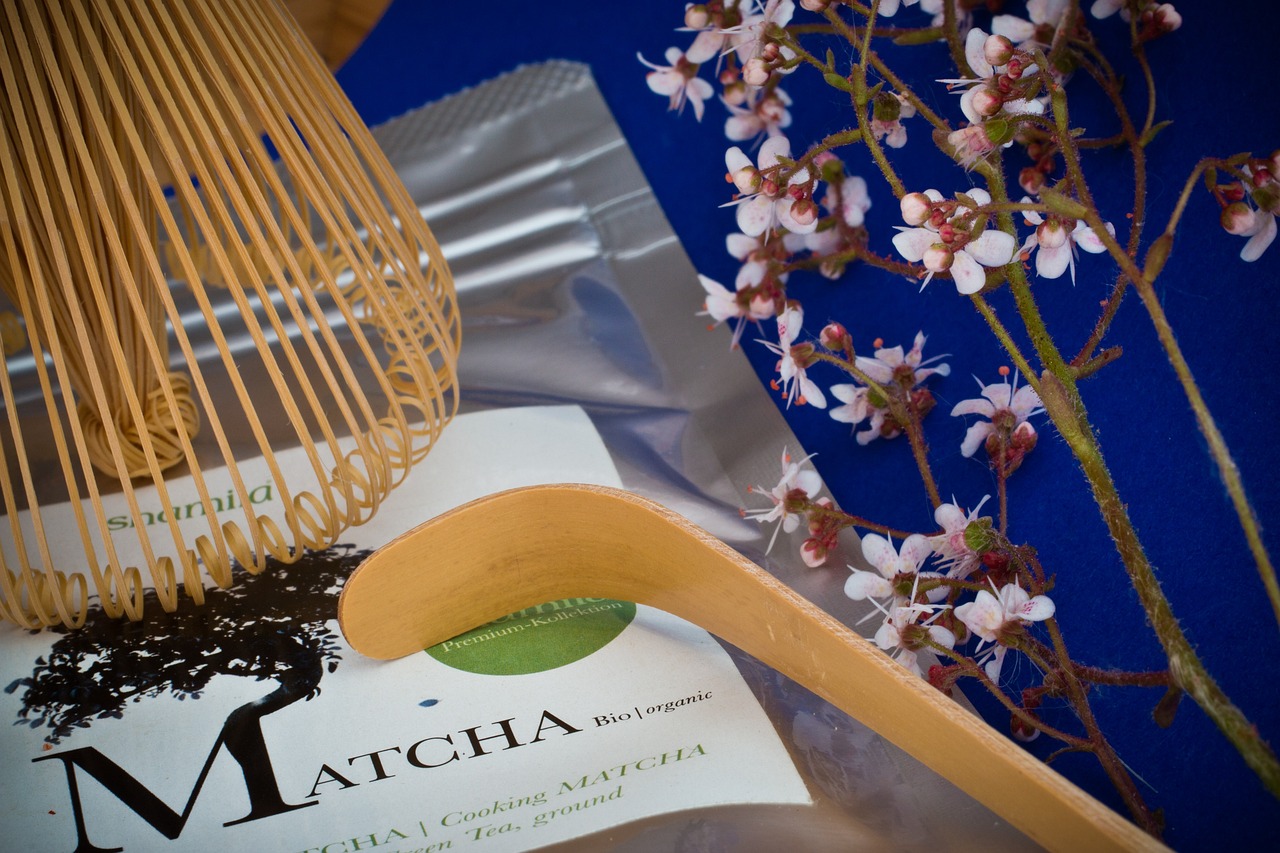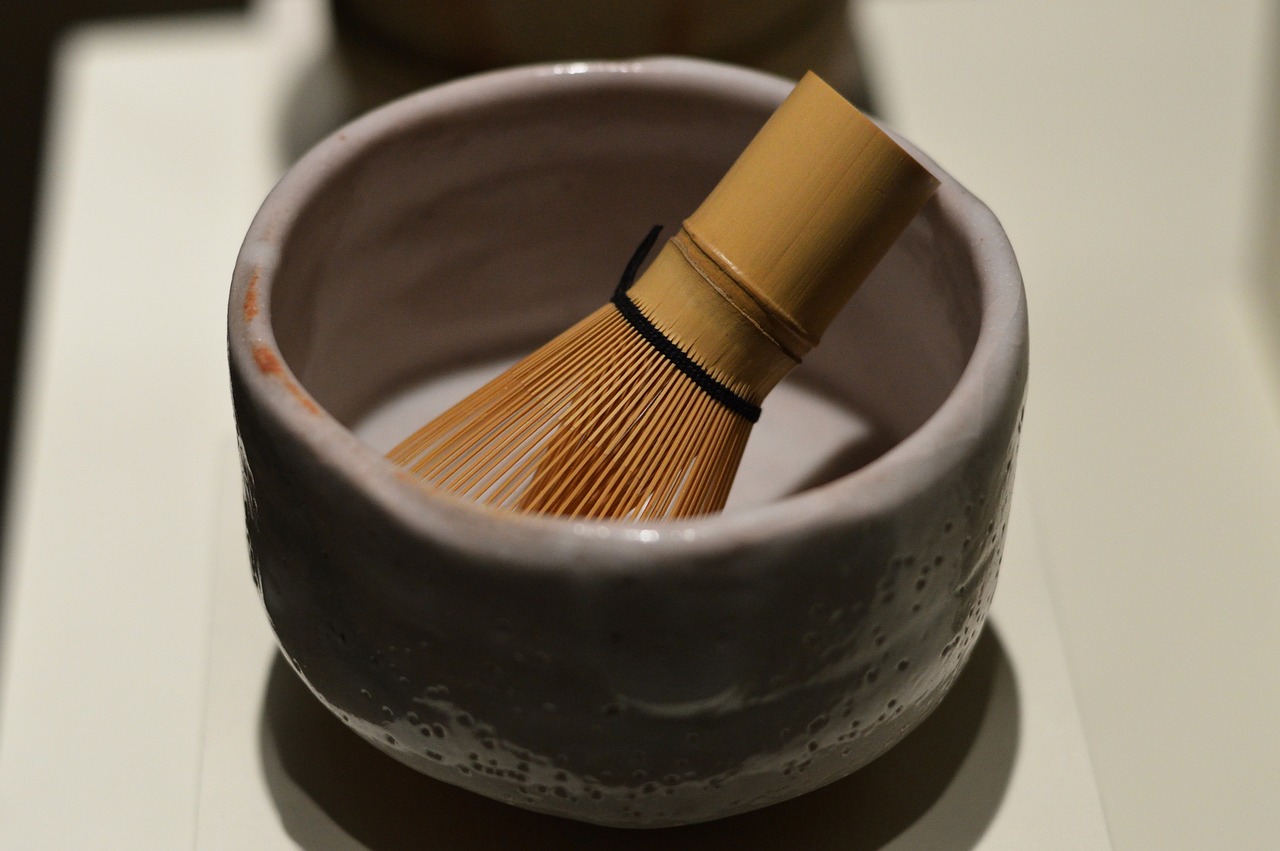Matcha has surprised the world as of late, enamoring tea devotees and wellbeing cognizant people the same. Be that as it may, what precisely is matcha, and what works everything out such that extraordinary?
We visited with wellbeing specialists and dietitians gaining practical experience in Japanese cooking to get the scoop on the advantages of matcha and how to set up this lively tea at home.
What is matcha?
Matcha is a kind of powdered green tea from Japan that keeps on acquiring prominence around the world. What sets matcha separated is its particular development and arrangement process.
Matcha tea plants are concealed from unnecessary daylight utilizing bamboo mats during the development time frame. This customary developing technique produces establishes that are higher in theanine, cancer prevention agents, chlorophyll, and caffeine1 than other green teas.
Not at all like other tea processes where the leaves are soaks and disposed of, matcha includes finely crushing shade-developed green tea leaves into a dazzling green powder. Customarily, matcha is rushed with a limited quantity of high temp water and served in a bowl to be delighted in its unadulterated structure.
Matcha’s particular flavor additionally separates it from different teas. While some would portray the taste as green and unpleasant, top notch matcha arranged accurately will be high in umami and have a slight pleasantness.
“In Japan, we say, ‘partake in the flavor of green tea, yet partake in the fragrance of other tea, like dark tea,'” says enrolled dietitian Asako Miyashita, MS, RDN, CDN. Miyashita noticed that fermenting matcha gradually at a low temperature is the key to a scrumptious cup.
Summary
Matcha is made by whisking finely ground conceal developed green tea leaves in steaming hot water. Matcha has a slight verdant and unpleasant taste contingent upon the way that it’s ready.
Caffeine content of matcha
A regular cup of matcha has around 30-40 milligrams of caffeine, however it can contain undeniably seriously contingent upon the brand.
“Matcha has higher caffeine than other green teas. Contingent upon the sort and brand of matcha, one cup could try and have more caffeine than a similar measure of espresso,” makes sense of dietitian and culinary expert Cindy Chou, RDN.
In any case, matcha likewise contains the amino corrosive L-theanine, which helps gives a more adjusted jolt of energy. To this end many individuals notice the caffeine feels less harsh than the caffeine in different teas or espresso. A few Japanese dietitians taste on matcha over the course of the day, even after supper, to assist with quieting their brains before bed.
This is the way the caffeine content of matcha piles facing espresso and different teas, as indicated by USDA information. Remember that the specific caffeine content will differ contingent upon the brand and serving size.
| Drink | Caffeine per cup |
|---|---|
| Japanese matcha | 30-40 mg |
| Green tea | 29.4 mg |
| Black tea | 47.4 mg |
| Coffee | 91.8 mg |
“For sound grown-ups, drinking 1-2 cups of matcha (up to 2 teaspoons of matcha powder) consistently is probable safe,” says Chou. ” Remember that the Public Establishment of Health2 prompts individuals who are pregnant, intending to become pregnant, or are breastfeeding to restrict caffeine admission to under 200 milligrams each day.”
Benefits of matcha
Matcha is famous for its high convergence of cell reinforcements, strikingly catechins, which are accepted to have different medical advantages, including potential disease battling properties and working on metabolic wellbeing.
Furthermore, matcha contains L-theanine, an amino corrosive that advances unwinding and mental alertness, giving a quiet and centered jolt of energy.
Because of its true capacity for forestalling numerous illnesses and supporting mental capability, customary matcha utilization may decidedly influence both physical and emotional wellness. Here are its most encouraging medical advantages.
1.It’s high in antioxidants.
Green teas, as matcha, contain a lot of catechins, the most plentiful being epigallocatechin gallate (EGCG), a gathering of flavonoids with cell reinforcement and mitigating properties4. The high polyphenolic content of matcha is greater at rummaging free extremists than L-ascorbic acid on its own1.
“Matcha is especially high in a kind of cell reinforcement called polyphenols1, which have been displayed to have numerous medical advantages themselves,” says dietitian Jennifer Akimoto, MAN, RD. ” The advantages of matcha might be a greater amount of the synergistic effects5 of a few unique mixtures, including caffeine and L-ascorbic acid, theanine, and chlorophyll.”
2.It may enhance cognitive function.
“Many examinations showing medical advantages are from green tea and not well defined for matcha. Be that as it may, there have been a few little investigations looking at the advantages of matcha on cerebrum function6,” says Akimoto. ” Theanine, in mix with caffeine, has been found to further develop consideration and response rates in more seasoned adults7.”
Matcha works on mental function5 both in the short and long haul on the grounds that the theanine in matcha advances a quiet sensory system, makes sense of William Siff, L.Ac MscAOM, acupuncturist and clinical cultivator.
“Its moderate caffeine content assists with enhancing the mental impacts of the theanine5, and the two together make an extraordinary, adjusted perspective that is both ready and loose,” Siff adds.
“The mixtures in matcha help to further develop clearness, lessen uneasiness, and further develop memory and concentration.
3.It may have cardioprotective effects.
The EGCG and rutin in matcha green tea have been related with cardioprotective properties1. EGCG might lessen oxidative pressure and forestall the actuation of specific proteins and flagging pathways that trigger aggravation in our body. While interfacing synergistically with L-ascorbic acid, rutin is a strong cell reinforcement that might fortify blood vessels8.
“Studies have shown that drinking green tea consistently may assist with decreasing the gamble of cardiovascular disease9, with EGCG possibly bringing down LDL-cholesterol levels.” says Chou. ” However, more examination is required.”
4.It may have anticancer properties.
Phenolic acids, similar to those found in matcha, have high cell reinforcement and mitigating potential, which might hinder disease cell development and forestall metastasis1.
EGCG in green teas, as matcha, appears to have a few exceptional capacities that could end up being useful to battle against cancer by forestalling the development of veins that feed growths, shielding our cells from harm, and decreasing the gamble of disease causing processes. Consuming a lot of EGCG might diminish the frequency of colorectal and biliary pipe cancers and restrain the development and multiplication of gallbladder and bile channel disease cells.
5.It may support metabolism.
Some phenolic acids found in matcha can assist with controlling how our bodies digest and retain fats and sugars, which might offer help in overseeing metabolic 1 conditions1. Matcha may likewise assist with bringing down blood glucose levels and further develop insulin awareness.
In a little investigation of grown-up females, consuming matcha day to day for a considerable length of time improved work out prompted fat oxidation12 during a 30-minute lively walk.
Studies have shown that green tea concentrates can lessen body weight and midsection circuit when joined with a reasonable eating regimen and standard actual activity. While most examinations showing metabolic advantages are from green tea and not well defined for matcha, they in all actuality do come from a similar plant and contain comparable mixtures.
Matcha side effects
Likewise with most things, matcha has a few expected disadvantages to consider.
“On the off chance that you consume matcha while starving, it very well may be aggravating or cause some nausea,” says Siff. ” It’s generally presented with little mochi desserts in Japan therefore. Go with your matcha with something little to eat to balance its astringency and sharpness.”
Siff adds that lower-quality matcha will in general have a higher tannin content and lower L-theanine content, making it bound to disturb or overwhelm the stomach. ( We’re sharing tips on purchasing a top notch powder underneath.)
Miyashita calls attention to that matcha additionally contains tannins, which might cause discombobulation or obstruct iron absorption, and oxalates, which can set off or add to kidney stones in certain individuals who are more delicate to oxalates.
How to make matcha
With the right apparatuses, matcha tea is extremely simple to make at home.
“Generally, matcha is made utilizing a bamboo whisk, called a chasen. It adds air to your matcha and makes a wonderful froth and foam,” makes sense of Akimoto. In the event that you don’t have a chasen, you can utilize a bricklayer container, Akimoto adds. Essentially add a modest quantity of water to the container, trailed by your matcha powder, close the container, and shake.
“Matcha will in general cluster when it comes into contact with fluids, so it’ll assist with filtering it with a fine cross section sifter prior to blending,” says Chou. Customarily, matcha is served with no sugar or milk.
Matcha latte recipe
Ingredients
- 1.5-2 teaspoons (3-4 grams) of matcha powder
- 30-40 milliliters water in 80-90℃ (176-194°F) temperature
- 200-250 milliliters of milk/plant-based milk
- Optional: your favorite sweetener/spice/matcha powder as topping
Methods
- Measure matcha powder and filter it into a tea bowl utilizing a tea sifter. The tea sifter disposes of clusters.
- Add bubbled water and cool it to 80-90℃ (176-194°F). Pour 30-40ml of boiling water into matcha in the tea bowl.
- Whisk the tea until you see no clusters. A bamboo whisk is better, however utilize a spoon or frother in the event that you don’t have it. Assuming you actually see clusters, strain the tea once again with the tea sifter.
- Warm the milk and fill the tea bowl with the milk – utilize a milk frother or rush to consolidate. In the event that you don’t have a frother or whisk yet at the same time need to frame milk, shake the milk in a holder with a top, and afterward add it to matcha)
Other ways to drink matcha
When you have this fundamental planning down, the following are a couple of inventive more ways of serving you.
Hold a traditional Japanese tea ceremony
Useful sustenance master Michiko Tomioka, RDN, IFNCP, has been genuinely rehearsing chado (conventional Japanese tea function) for quite a long time. One thing she believes individuals should comprehend about matcha is that it’s a tea, however an approach to everyday life.
Chado says that serving matcha to others is a method for advancing neighborliness between a host and their visitor. So while you can make a matcha latte with a blender, Tomioka says finding opportunity to plan matcha with the legitimate bamboo whisk provides the host with a snapshot of quiet and the honor of partaking in the fragrance of matcha while setting it up for their visitor.
The conventional approach to getting ready matcha upgrades flavor, umami, and scent.
Use it for smoothies and lattes
Straight matcha can be a mixed bag, which is the reason many individuals add milk and sugars to make velvety beverages like lattes and smoothies that offset a portion of the harshness of the matcha.
“In the event that you don’t have a whisk or frother, you can utilize a blender on lower rates to blend filtered matcha with water first, then add your decision of milk to make a latte,” says Chou.
The takeaway
Matcha is a strong refreshment with a rich history. Wealthy in cell reinforcements, matcha may uphold metabolic wellbeing, mental capability, from there, the sky is the limit. Whether you lean toward stately grade matcha for its unadulterated taste or culinary-grade matcha for imaginative kitchen delights, consolidating matcha into your day to day schedule can be however scrumptious as it could be solid. Look at a few other top teas for prosperity here.






